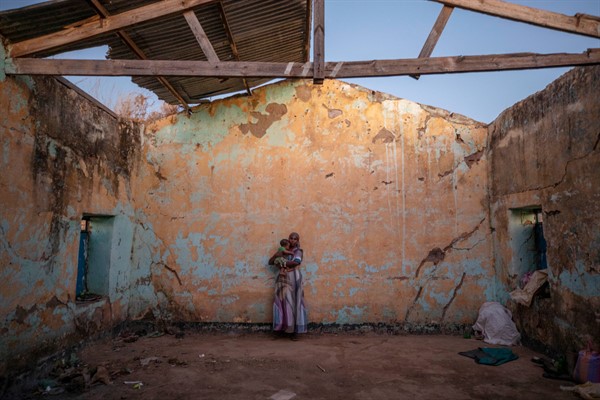MEKELLE, Ethiopia—During the past two years, whenever Haileselassie, a wood trader in the Tigray region of northern Ethiopia, placed an order for supplies from the capital, Addis Ababa, he would lie awake at night, restless with worry. “I don’t sleep,” he told me in late October, sitting at the back of his shop in the central market of Mekelle, Tigray’s capital. “I don’t believe it will arrive safely.”
By then, insecurity and lawlessness had spread in different parts of Ethiopia, and tensions between Tigray and Amhara, a larger region that neighbors Tigray to the south, had decidedly worsened. The roads, Haileselassie said, had become dangerous, and trucks belonging to some of his friends had been attacked and looted. As a result, his business was struggling, as Mekelle’s market grappled with supply shortages. “I’m very, very worried,” he admitted, clearly agitated as he tapped his foot under the desk.
When we spoke, Tigray was at peace. Now, it is at war, and ordinary residents of Mekelle like Haileselassie are trapped at the heart of it. In September, Tigray held parliamentary elections in defiance of a central government decision to postpone all voting indefinitely during the coronavirus pandemic. Tensions escalated in the weeks that followed the vote until the early days of November, when forces under control of the region’s ruling party, the Tigrayan People’s Liberation Front, or TPLF, attacked nearby camps housing federal troops. The federal army responded by marching into Tigray from the west and the south, supported on the ground by thousands of Amhara militiamen and in the air by fighter jets and helicopter gunships that pounded Tigray’s parched and rocky territory from above.

